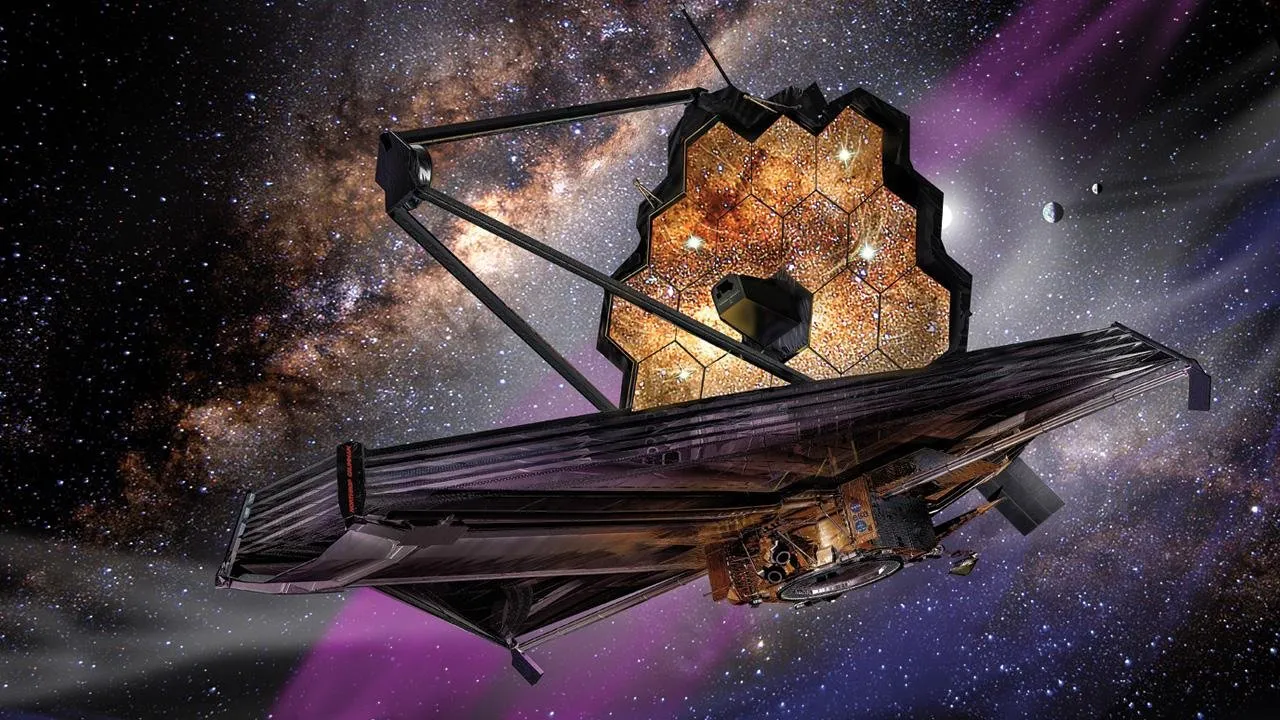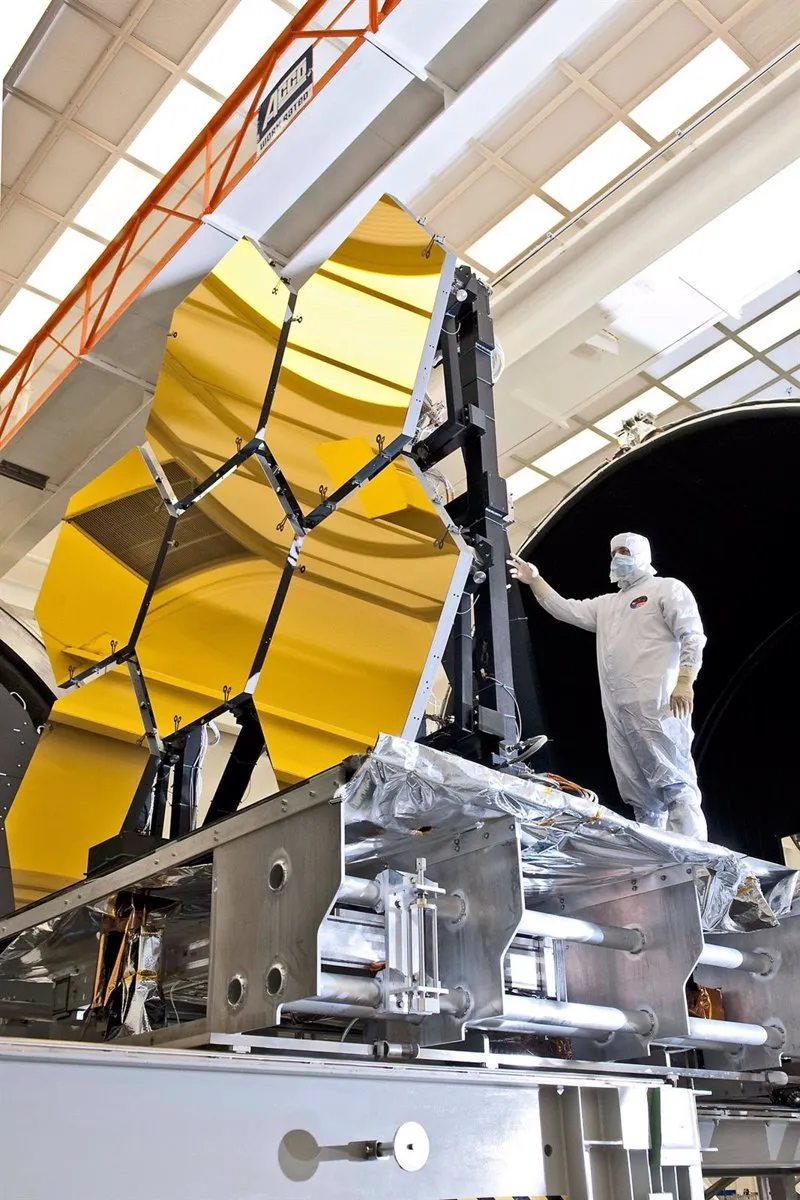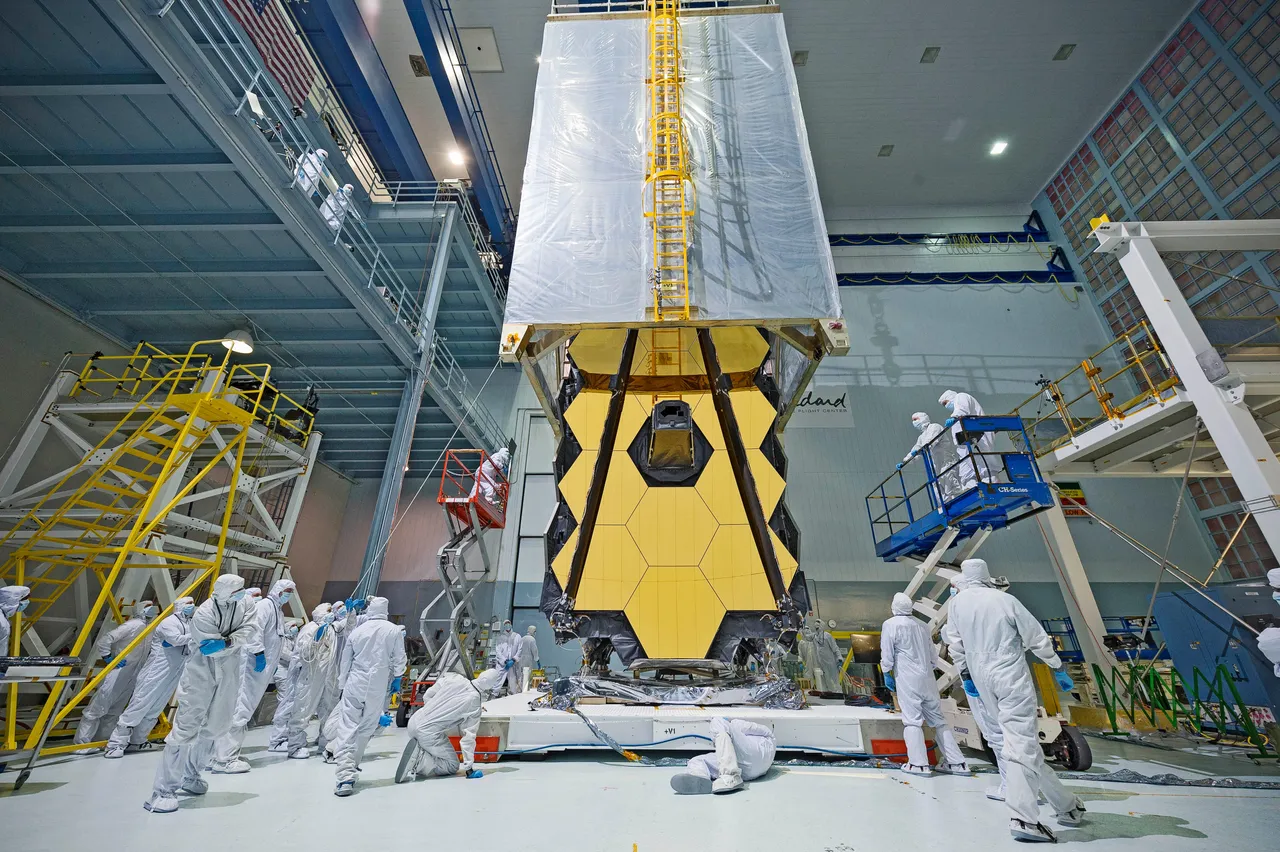No other telescope is as well known and has opened our eyes to the beauty of our universe as the Hubble space telescope. It brought us close to distant galaxies, showed us breathtaking images of cosmic nebulae of gas and dust and even images of exploding stars. Since 1990, the space telescope has orbited the earth 120,000 times and sent more than a million photos to Earth. But despite all his accomplishments, Hubble is getting on in years. But for all astronomy fans out there, here's the good news: a real construction boom is taking place worldwide - a whole new generation of supertelescopes that will allow us to look further and deeper into space and thus further back into time than ever before.
Already in less than nine months we are entering a new decade and the chances are excellent that in the coming decade we will not only see pictures in an unprecedented quality, but also our understanding and perception of the universe will expand significantly once again.
Let's start with the telescope, which is expected to be the first to be completed and which some of you may already know: the James Webb Space Telescope.
The James Webb is often seen as the successor to the Hubble telescope. But there are some important differences between the two. While Hubble mainly observes in the visible and ultraviolet wave range, the James Webb telescope will almost exclusively work in the infrared range and this has its special reason. The telescope, which will consist of 18 individual elements and a total of 25 square meters of main mirror, will be able to look to the edge of the observable universe - back to a time when the first stars and galaxies were formed. The light that reaches us from such distant objects, however, is becoming increasingly long-wave due to the constant expansion of the universe, shifting from the visible to the infrared range. Such observations therefore require an infrared telescope like the James Webb.The technical challenges are enormous. Its six and a half meter mirror diameter and the even larger five sun shields make a complicated construction necessary to accommodate the space telescope on board an Ariane 5 rocket. This is one of the reasons for the delays and multiple postponements of the mission. Because if something goes wrong during deployment, it would be a real disaster for NASA.
Another important difference to Hubble is that the James Webb telescope will not orbit us in a near-earth orbit, but at a distance of about 1.5 million kilometres, at the so-called Lagrange point 2 (L2). This is a relatively stable position where the James Webb will orbit the sun parallel to Earth and where the highly sensitive infrared telescope is also better protected from the light and heat of our sun. However, this also means that if something goes wrong, a repair will be practically impossible.Another challenge was the weight. If you had used mirrors comparable to the Hubble, the James Webb telescope would have become ten times heavier than it is today, far too heavy to take to its destination in space. To save weight the engineers used beryllium. This is a very light and at the same time solid material. The individual mirror elements were then vaporized with gold.
Maybe you're wondering how much gold you need for such a large surface? The answer is: amazingly little. For the whole mirror it was only 48 grams.
For comparison: a golf ball weighs about 46 grams.
If all goes well, the James Webb telescope will start into space on march 30, 2021 and will start working about six months later. It will not only be able to observe the first stars and galaxies, but also planetary systems in their formation phase.
Another task of the James Webb is to study the composition of atmospheres of exoplanets in an unprecedented accuracy and it will also search indicative for extraterrestrial life.






